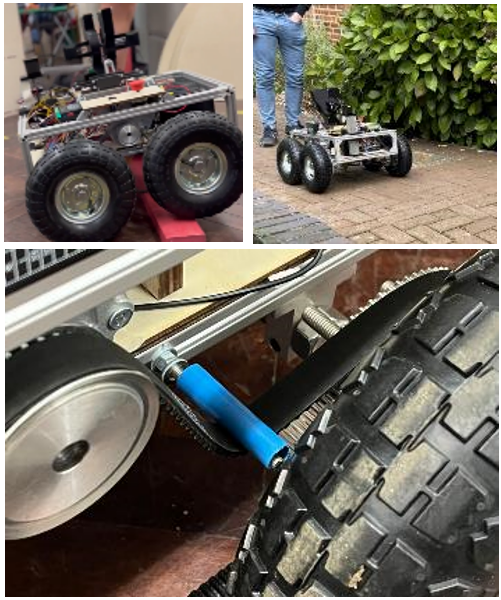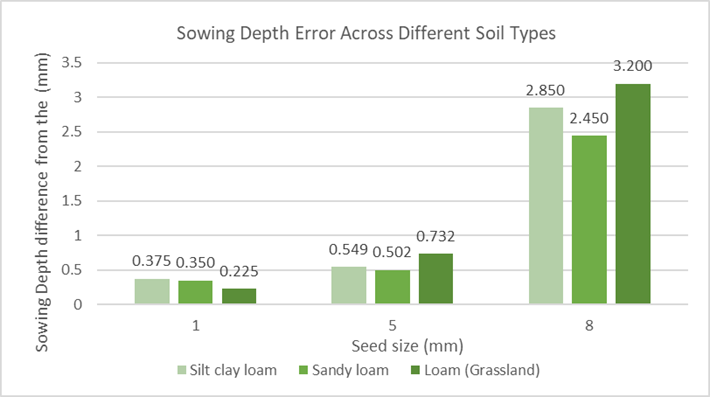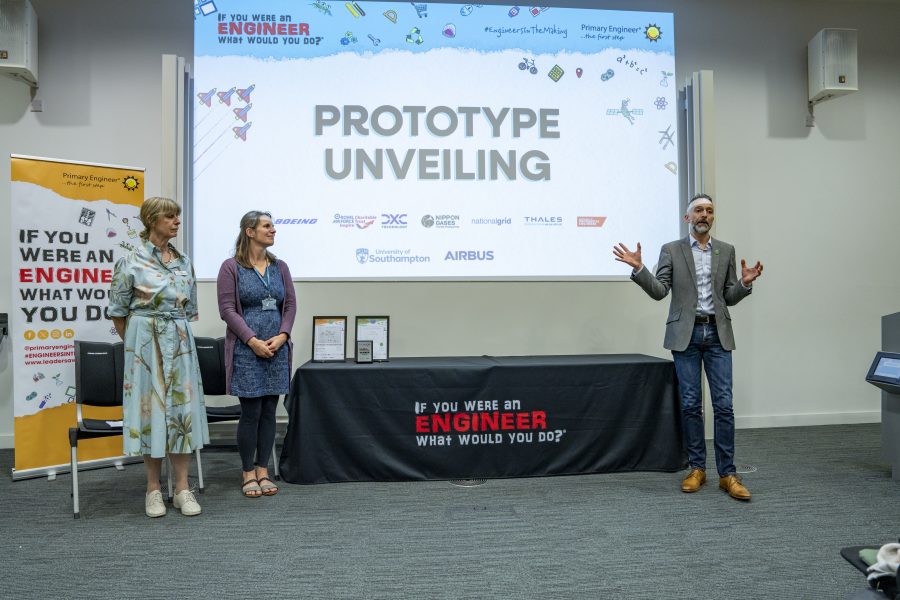
University of Southampton’s ‘Seed Planting Drone’ prototype unveiled
Recap
Inspired by the ‘Seed Planting Drone’ concept from Emily Jackson at St. James C E Primary Academy, the ‘Automated Seed Planting System’ is a prototype designed by six students from University of Southampton. The aim is to plant a range of seeds to enhance soils and increase biodiversity in areas of land where labour & budgets are limited.
What has happened since the last update?
The Automated seed-planting system eco-design: ‘GERMINATOR’
- Enhances soil quality by sensing soil nutrient levels (Nitrogen, Phosphorus, Potassium) to select seeds for soil-enhancing plants, and,
- Enhances biodiversity by planting a specific mix of seeds simultaneously, to avoid monoculture.

The seed metering system design was assembled and tested.

The Powertrain was designed, to be able to handle a 10% incline and maintain stability on uneven terrain, as well as travel over small ground obstacles (e.g. stones).

Issues in testing the Powertrain:
- The drive belt would become loose and would no longer provide traction.
- Bolts within the wheel assembly would tighten up.
Modification: An additional belt positioning part was added which increases the contact between the motor pulley and the belt.

Test Performance
- Slower than the maximum intended speed (~5 km/h)
- Can travel up an incline of 9.5º
- Able to overcome obstacles of 5 cm
Testing was undertaken with
- Different soil/terrain types
- Different seed sizes

Results showed
- Smaller seeds were more consistently dispensed
- Typically, seeds were dispensed on 86% system actuations
- Fairly consistent planting depths
- Typical sowing depth error: 0.67 mm


Prototype features:
- Safety: Emergency stop button
- Terrain adaptability: Can traverse uneven terrain, and up to 16.7% inclination
- Autonomous operation: Partially Automated
- Low end-of-life impact: Recyclable and reusable materials
- Portable size and weight: Compact for transportation and storage
- Power Consumption: Average of 145.89 W
- As queried in the Q&A at St. James C E Primary Academy, a removable, weatherproof top section is now part of the design.
- Soil sensing is in place to measure soil quality.
Prototype Unveiling!

The finished prototype was officially unveiled on 13th June 2024 at University of Southampton for our South England Award Ceremony and Public Exhibition. Pupil designer, Emily, loved seeing her idea brought to life in what was a fantastic unveiling!


